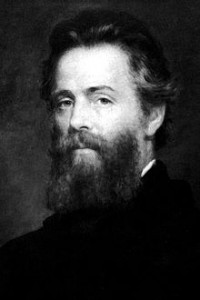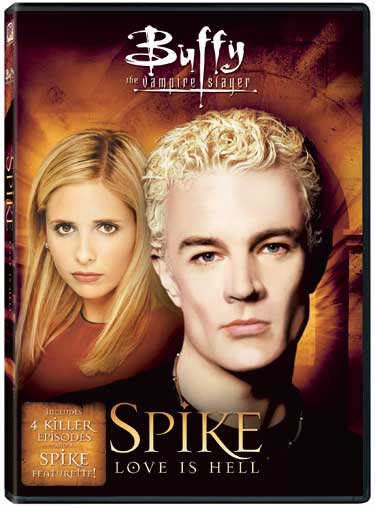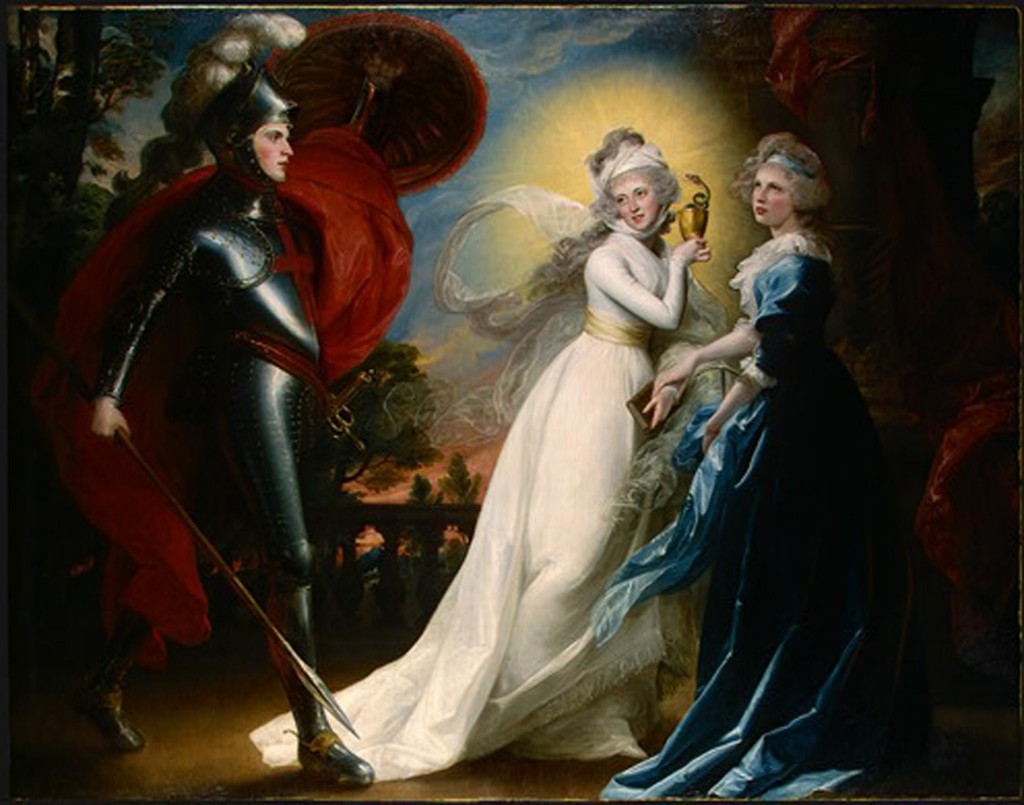I lately came across the following article by Carl Zimmer entitled, “Herman Melville, Science Writer.” You can find it here.
It is a rather polemical piece, underneath its avuncular tone, and it makes some very trenchant points about literary criticism from an anecdotal perspective. He recounts how when, as an English major, Zimmer read Moby-Dick under the guidance of his professors, those literary experts excised or ignored the portions of the book dealing with scientific writing, particularly the chapter “Cetology.” His complaint deserves to be quoted at length:
They only paid attention to a fraction of the book–the fraction that followed Ishmael on his adventures with Captain Ahab. This was the part of the book that they could easily compare to other great novels, the part they could use for their vague critiques of imperialism, the part–in other words–that you could read without having to bother much with learning about the particulars of the world beyond people: about ships, about oceans, and, most of all, about whales. How many teachers, assigning Moby Dick to their students, have told them on the sly that they could skip over great slabs of the book? How many students have missed the fine passages of “Cetology”?
He goes on to praise Melville for this scientific writing, noting that Melville was working at cataloging and describing whale species before Darwin’s comprehensive theory of evolution. He ends with the rather damning conclusion that perhaps Moby-Dick would best be taught by an English professor in tandem with a biology professor.
Given the state of events described, Zimmer is right. This is a rather depressing reflection of how much the field of literature has been acceded to the narrowness of pseudo-scholars who, on the basis of either a narrow, extraliterary ideology or a disdain for their students, ignore entire swathes of the books they are teaching. Granted, it is difficult to teach a book like Moby-Dick (I did so as a TA during my semester at McMaster, where we had a week or so to do it) without taking recourse to abridged versions. This is true of any large and complicated work. But to do so while giving the impression that a chapter like “Cetology” is irrelevant to the book’s structure is ludicrous, and leaves a vacuum to be filled by assertions that those aspects of the book can be understood through other extraliterary modes of critique. Since fields like biology are much more empirical than political theoretics, those assertions are rather sympathetic.
Consider how much damage has been done by ignoring modular theories of literature, comprehensive attempts to account for books as synoptic and complete visions, both in and of themselves and within the larger literary contexts of genres and archetypes. I would wager that no serious student reads Moby-Dick because it is the best way to understand the natural world. Nor would a student make a work of fiction her primary source for understanding pre-Darwinian biological theory.
When I read that sprawling book, after three aborted attempts, I only managed to finish it after reading The Anatomy of Criticism and certain works by Frye on literary Romance. In the Anatomy, one of several offhand comments, he classifies Moby-Dick as a romance-anatomy, using the work of Rabelais as a model and stating that “a later example is Moby-Dick, where the romantic theme of the wild hunt expands into an encyclopaedic anatomy of the whale.” (313). That affiliation, rightly or wrongly, placed the encyclopaedic tendencies of the text into the realm of the psychological landscape of romance. It made me consider chapters like “Cetology,” as part of an ongoing dialectic in Ishmael’s narrative between intellectual and material comprehension of the world and transcendental communion with it. That dialectic fixed Ahab in my reading as a kind of demonic parody of comprehension and communion, a wounded man attempting to replace his loss “monomaniacally.” The quest could also be read as a demonic parody of the kind ventured by the Redcrosse knight in an earlier sprawling romance, who seeks to slay the dragon and restore a fallen kingdom. I don’t know if that reading was particularly sound or correct, but it was more useful to have Spenser in the back of my mind than histories of US mercantilism. I was not fettered by false mimesis, a sort of overly-literal search for corresponding “reality,” a kind of historical/biological allegory which at best gives a backwards orientation to the reader and is at worst unverifiable. I had a framework and a context for my reading, one which did not ignore the encyclopaedic nature of the text. It gave me a framework for explanation while teaching, a theory to account for the disparate styles and tones in the book. And, fundamentally, it gave me intense joy and pleasure while reading it.
Frye’s books have become an a priori to a great amount of unaccountable literature. I could not have attempted behemoths like The Faerie Queene or Finnegans Wake without his Vergilian frameworks. Frankly, I couldn’t have enjoyed the novels of Raymond Chandler as much as I did without having first read Frye (and so many other critics for whom writing about literature is primarily an attempt at accessible education). I don’t know how much I absorbed out of those texts, but I had so much fun with them and they marked me for it. However good of a reader I am, I am better than I would have been because of generous, education-oriented criticism.
Zimmer’s contention that Moby-Dick cannot be dissociated from its scientific writing is correct, but that scientific writing must first be considered within the context of performative, anatomical writing, where the style imitates the vastness of its subject matter. That is a literary contention. And it is a contention which has been abandoned by many professors and departments of literature.



